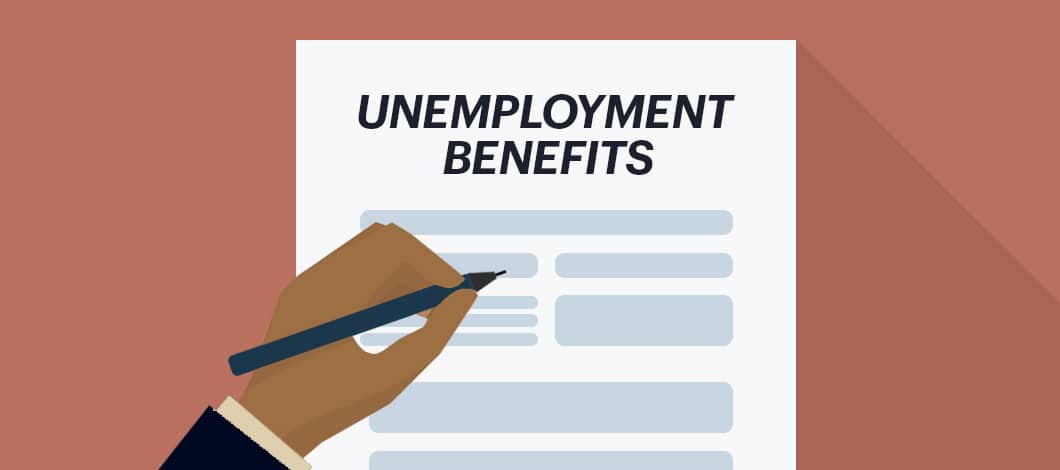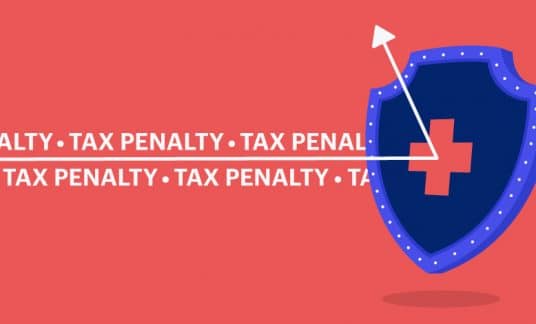When you start a business, there are numerous federal and state regulations that you have to deal with. If you have employees, paying state unemployment insurance (SUI) is likely one of them.
As time passes, you’re going to hire and fire employees. Some of them will work out and make long-term contributions to your business. But others won’t, and you’ll have to fire them.
Terminated employees likely will file with the state for unemployment benefits, and that’s going to cost you money. Each claim that a terminated employee files is going to raise the rate you pay for unemployment insurance for the next few years.
Let’s dig into how state unemployment insurance funds work and what you can do as a business owner to minimize the costs.
SUI Definition
SUI is a tax-funded program that gives short-term income to employees who have lost their jobs. It is funded by employers, with the exception of Alaska, New Jersey and Pennsylvania. In these 3 states, employees are required to pay a part of the SUI tax.
The amount you have to pay is based on:
- Your business’s experience rating: The rating is based on your industry and the number of unemployment claims that your business has had over the past several years. States give new businesses a starting rate until they gain claim experience. Starting rates can go up or down, depending on the experience.
- Your state’s wage base: You’ll pay SUI taxes on employee wages up to the base amount set by the state.
- Number of employees
Each state has its own regulations. For example, the wage base for New York is $11,800, and the experience rating ranges from 1.3% to 9.1%. Here’s how this works.
Suppose you have a New York business with 5 employees who make $40,000 each per year. You’ve been in business for 3 years, and the state has given you an experience rating of 6%.
Your SUI tax would be: 5 employees times $11,800 times 6% = $3,540
Remember, you’re only paying the SUI payroll tax on wages up to the base amount, $11,800 in this case, not the wages in excess of the base.

Who is Eligible for SUI Benefits?
Any employee who has lost their job through no fault of their own and is looking for a new job is eligible to receive unemployment benefits. Employees who have voluntarily quit their jobs or were fired for misconduct are not eligible
Employees who are laid off will receive unemployment wages until they find new work or reach the end of the benefit period according to the laws of the state. Employers have the right to contest an employee’s filing for unemployment insurance if they believe the employee isn’t eligible.
How to Protect Your SUI Tax Rate
You may think you can fire an employee for poor performance and they wouldn’t be eligible for unemployment benefits, but you’d be wrong.
The truth is unless you can prove that the employee’s behavior was the result of misconduct, most states would rule that the employee is eligible for unemployment benefits. This means that any employees you terminate for incompetence or inability to perform the job will receive unemployment benefits, and your SUI experience rating will go up.
How to Reduce Unemployment Claims
The best way to reduce or avoid unemployment claims is to be more active in managing your workforce.
Here are guidelines to follow:
- Hire carefully: Interviewing and hiring new employees is always a bit of a gamble. Only hire employees that you absolutely must have, and you are convinced they are qualified for the job. Don’t hire someone when you’re in a hurry and need to quickly fill a position. Workers who don’t turn out to be a good fit for your company will be entitled to unemployment benefits if you have to fire them.
- Be clear with your expectations: Have a clear and open discussion with the interviewee about what you expect them to do in the job. This would include job responsibilities, performance standards and work behavior. The best practice is to provide a detailed job description and have the interviewee read and sign it.
- Enforce company policies: Don’t ignore your company handbook. you should be very familiar with all of your company policies and make sure that you’re consistent in their application. Anytime you let employees get away with violations of company’s policies, you’re giving a terminated employee an excuse to make their case for unemployment benefits and deny any willful misconduct on their part.
- Give warnings before firing an employee: While it may be tempting sometimes, you have to resist the impulse to suddenly fire an employee. Terminating an employee takes preparation. This means you must document the problems with the employee’s performance and prove that you had discussions with the employee, and they were aware of your concerns.
How to Prove Employee Misconduct
Unless an employer can provide evidence of employee misconduct, most state unemployment insurance agencies will approve an employee’s application for unemployment benefits. The burden of proof is on the employer.
Here is what to do if you are faced with that situation:
Provide detailed descriptions of the incidents of misconduct, dates of the violations and a copy of the company policy handbook signed by the employee.
Describe specifically how the employee’s behavior or actions demonstrated negligence or carelessness, and the employee showed disregard for the employer’s interest.
Show copies of warnings you have given the employee regarding past violations. The warnings should contain details of the incidents and statements that future violations would result in disciplinary actions and possible termination of employment.
Present documentation that shows the employee had been meeting company standards and policies for several months in the past, but at the time of termination was no longer meeting those standards.

How to Handle Employee Resignations
Employees who voluntarily decide to quit aren’t eligible for unemployment benefits. This includes those who leave to take another job or simply decide that this job isn’t working out for them.
This doesn’t mean they won’t try to file for unemployment benefits after they voluntarily resign. Therefore, you must document their resignation for your protection. If they don’t present you with a resignation letter, you should prepare one for them and have them sign it as written confirmation they are choosing to resign.
Above all, resist the temptation to react emotionally. Don’t try to get the upper hand by firing them. This will certainly open the doors for them to file a claim for unemployment benefits — and you will pay the price.
How to Manage Unemployment Claims
It takes effort, but you have to make sure your company’s policies comply with state regulations. This makes it easier for the state agencies to administer employees’ claims for unemployment benefits and ensure that the employer’s financial exposure is fair.
If you are faced with a high volume of claims, you have to decide how many should be contested and how many are legitimate. If there are claims that you want to protest, someone from your company will have to attend the hearing and not miss any deadlines imposed by the state agency. Otherwise, more problems could develop.
The most important practice is to document everything. This means taking note and communicating infractions to employees with names, dates, witnesses, locations and warnings of future disciplinary actions.
When Should You Contest a Claim?
The decision to contest a claim depends on the cause of the employee’s termination and if you can prove that the employee is not entitled to receive benefits.
One of the most difficult situations is when you have to fire an employee for poor performance. The only way to successfully contest this type of unemployment claim is if you prove that the employee’s poor performance was because of their willful and deliberate misconduct.
-
For Example
Suppose you have a salesperson that isn’t producing enough sales. Is it because the salesperson is not getting out of the office and making enough calls per day? Use the salesperson spending too much time in the office on Facebook and Twitter in violation of company policy? Has the salesperson ignored your warnings?
If you can document the sales representative failed to take action after having been warned, then you might be able to successfully contest their unemployment claim.
What about an employee who says they didn’t want to leave but was forced to involuntarily quit for “good cause”? In other words, the employee maintains they would suffer harm or injury if they stayed on the job. The reasons could be harassment or an unsafe working environment.
To successfully contest this type of claim, you have to show that the employee left voluntarily and the causes for the alleged harm or injury weren’t legitimate. If you can present documentation that you had conversations with the employee and have addressed their claims, the state agency might deny the employee’s claim.
Deciding when to contest a claim is a judgment call. If you have a good understanding of your state’s unemployment regulations, and you feel that your documentation is adequate, then you can contest the claim. Otherwise, your time would be better spent working on other aspects of your business.










